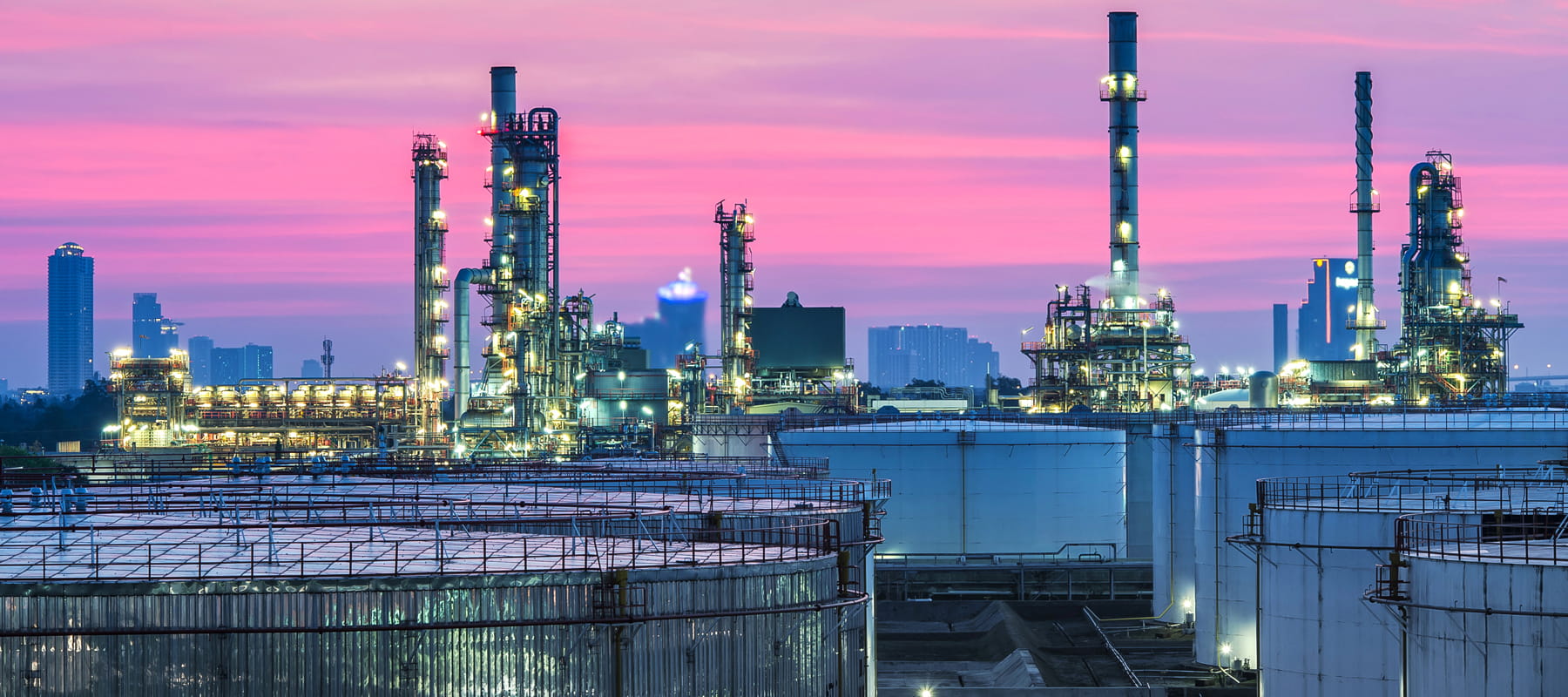The assessment scope called for economic analysis of numerous combinations of LNG facility scales, upstream and downstream electrical demands, and electricity generation technologies to provide a clear basis for decision making.
Challenge
The proponent of a major LNG development wished to understand the feasibility of using alternative power technologies, including renewables, at their upstream and downstream operations.
Situation
The proponent of a major LNG project wished to enhance overall project performance, through identifying economically and technically feasible technologies which achieve simultaneous reductions in greenhouse gas (GHG) emissions. Advisian was requested to investigate the feasibility and applicability of alternative power technologies not traditionally considered for LNG projects. The proponent required an understanding of the benefits or impacts of these technologies for both the upstream and downstream operations of the project.
The assessment scope called for economic analysis of numerous combinations of LNG facility scales, upstream and downstream electrical demands, and electricity generation technologies to provide a clear basis for decision making.
Our Approach
To streamline the analysis of a challenging and complex set of decisions and options, Advisian employed a structured decision analysis process. This included the use of facilitated workshops, applied technical expertise, and economic cost benefit modeling of development options.
Key aspects of Advisian’s approach included:
- Facilitated framing and alignment with the client to document overall objectives, focus decisions, options and the cost, benefit and risk parameters to be compared
- Inclusion of a range of LNG production scenarios and corresponding electrical demand profiles
- Examination of using alternative power for full-facility and ancillary-power-only scenarios
- Examination and screening of technologies such as simple cycle vs. combined cycle gas turbines, geothermal, on- and offshore wind, solar PV, biomass, hydro, and oxy-fuels
- Lifecycle cost benefit modeling of the finalized set of power scenarios, including comparisons according to Net Present Value (NPV) and Levelized Cost of Electricity (LCOE)
- Comparison of lifecycle scenario performance using monetized values for nontraditional criteria such as GHG emissions, criteria air contaminants (e.g. NOx), and local economic benefits
Value Delivered
Advisian delivered a tailored set of recommendations to the client, which confirmed the most viable alternative energy technologies to include in their power supply planning. This allowed the client to focus on development of these options in future phases of the project.
Key findings included:
- Alternative power can create value by lowering costs and GHG emissions in locations with higher power demand, such as the downstream operation
- There is a strong economic (LCOE) and environmental case for utilizing combined-cycle gas turbines over more traditional simple-cycle turbines
- Wind and solar PV viability is region specific and for viability, requires cheaper gas turbine LCOE conditions for backup power
- There is a case for further investigation of recently developed oxy-fuel technology as the economics are favorable, according to currently available data
- Power technology operations and maintenance can provide significant local economic benefits which outweigh the benefits from shorter term capital and construction

